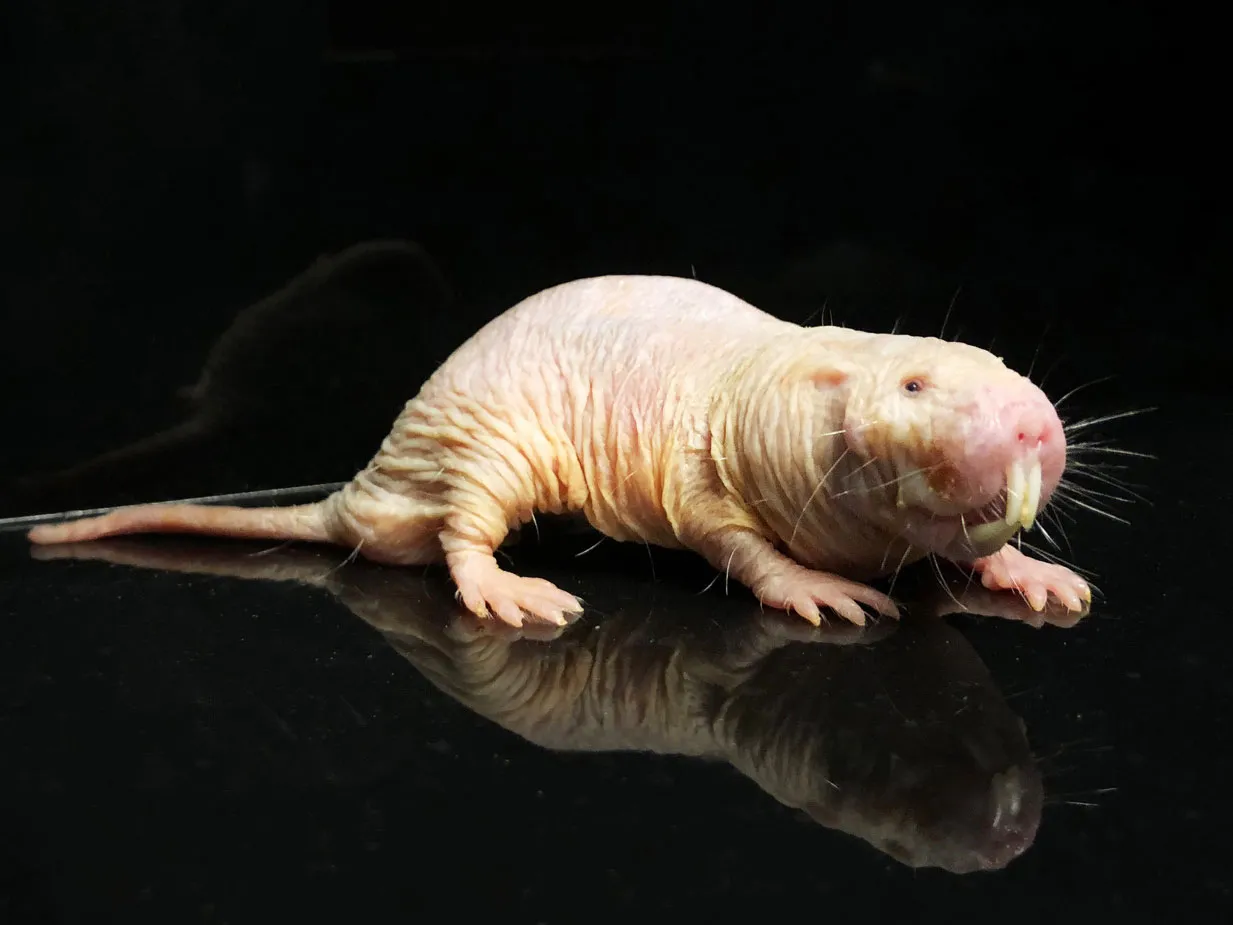Researchers have managed to pull off an impressive feat recently, opening up more possibilities for extending the human lifespan. They have transferred a longevity gene from a naked mole rat into a mouse. Doing this has boosted the mouse’s lifespan and improved its overall health by seemingly ignoring the Gompertz-Makeham law of mortality.
For those unfamiliar, the Gompertz-Makeham law of mortality states that the risk of death increases drastically with age. However, J. Graham Ruby with the help of his cohorts made a discovery that could help slow down the Gompertz-Makeham law when they studied a data set of naked mole rats. They analyzed a data set with a group of 3,299 naked mole rats that spanned 30 years. Their work concluded that the naked mole rats didn’t conform to the Gompertz-Makeham law of mortality. This means that they showed little signs of aging which allowed them to live longer than double their predicted lifespan of 6 years, managing to live to around 40.
Recently researchers took that discovery even further when they found out the secret to how the naked mole rat seemingly didn’t age, the hyaluronan synthase 2 gene. They had successfully transferred it into a mouse, allowing them to study the effects of the molerat version of the hyaluronan synthase 2 gene. They found that the molerat HMW-HA had a stronger gene expression than normal animals.
Gorbunova, Seluanov, and their colleagues found during their studies that the mice with the mole rat gene were more resilient against both spontaneous tumors and chemically induced skin cancer. As the mice aged, they were less susceptible to inflammation (inflammation is a distinct feature of aging) in certain parts of their body. The mice also had a healthier gut compared to other mice without the mole rat gene.
Now that researchers have discovered that HMW-HA is possible to transfer to other animals, they’re hoping to use this discovery to benefit humans. While there still needs to be more research on why HMW-HA is so beneficial, this is a step in the right direction to discover how to combat aging.












